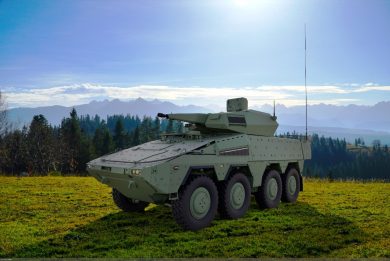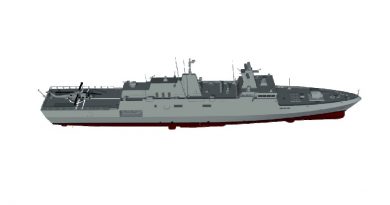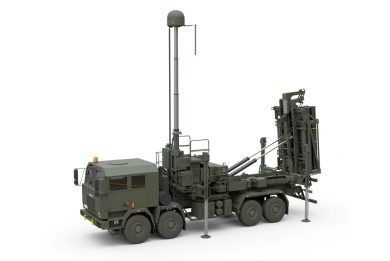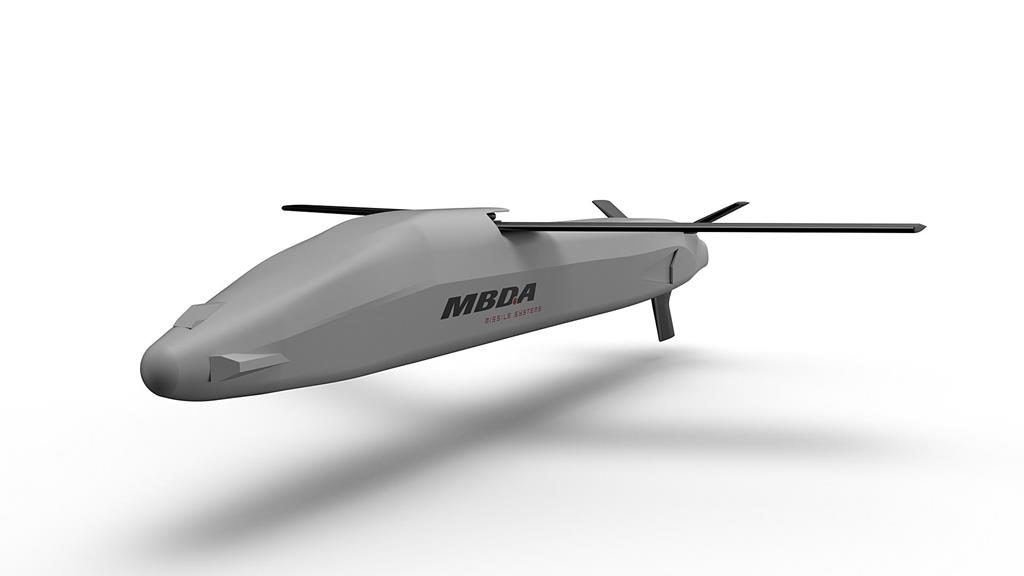
Ahead of manned formations
Opening up the path to manned aircraft formation in order to reduce the risk of being engaged by enemy GBADs, this will be the main task of Remote Carriers, two such systems being part of MBDA’s Future Air Combat proposals.
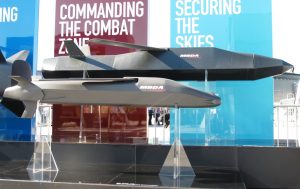
The smaller one, dubbed RC100, is a derivative of the Smart Glider and has the same dimensions and weight, 1.8 meters and 120 kg respectively. Being an expendable system cost is obviously an issue thus passive and active payloads installed will have to take that parameter into consideration.

Launched ahead of an attack formation, the RC100 can carry out different missions, depending on its payloads, electronic warfare and reconnaissance being the main ones, the system being also used as an air-to-air decoy providing a radar cross section comparable to that of a fighter, leading the enemy to switch on its air defence radars, that once picked up would be destroyed by longer range missiles. In that case stealth is not much an issue. Being a derivative of the Smart Glider, the RC100 can be fitted to the SmartLauncher that would then carry six of them, and can be fitted in the weapons bay of 5th generation fighters. It also maintains the swarm capabilities inherent to the Smart Glider.
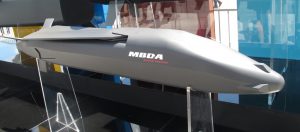
The RC200 is a bigger system, 2.8 meters long and with a weight of around 240 kg which is fitted with a turbojet engine that ensures a speed of Mach 0.7-0.85, and can pull 4 g simulating combat aircraft manoeuvres. As the smaller system, it can operate in GPS-denied environment, but its bigger dimensions allow him to carry not only a non-lethal payload of the type carried by the RC100, but also a warhead. Being meant to operate at relatively low altitude the sensors installed, especially optronic ones, can be of a lesser quality compared to those installed on high-end drones.
MBDA is looking at developing low tier Remote Carriers, the higher tier being unmanned combat air vehicles. RC100 and RC200 are definitely something for the future, the company putting them at a 2040+ timeframe.
Pictorial courtesy MBDA; photos by Paolo Valpolini

